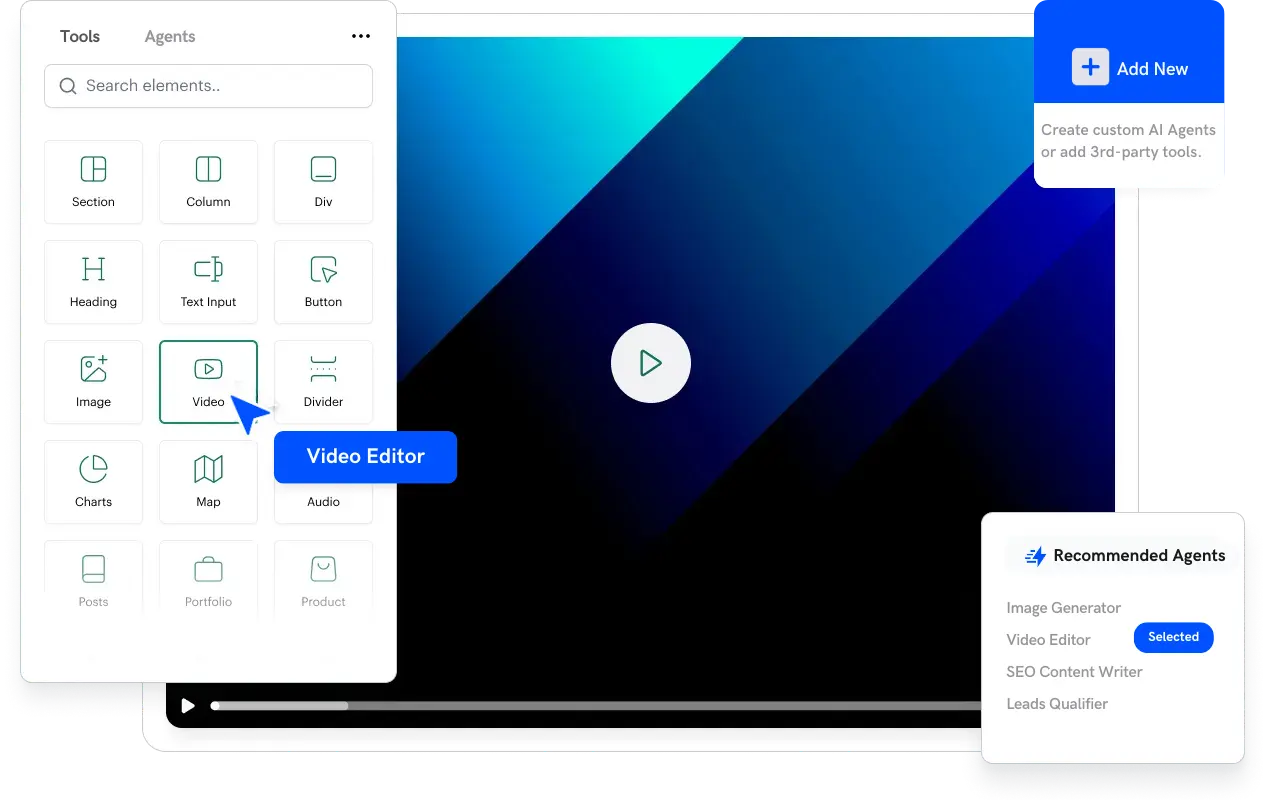Introduction
Virtual Reality (VR) is no longer confined to the realm of gaming—it is rapidly emerging as a transformative tool in the workplace. When combined with artificial intelligence, VR facilitates immersive team collaboration that transcends geographical boundaries. This technology creates virtual workspaces where remote teams can interact, innovate, and collaborate in real time. Research from Deloitte predicts that by 2025, VR-based collaboration tools could enhance remote team productivity by up to 35%. This article examines how integrating VR with AI is shaping the future of collaboration, outlines its benefits, and explains how TurboMode AI ensures that innovative ideas generated in virtual environments are turned into actionable tasks.
How VR and AI Merge for Collaboration
- Immersive Environments:
VR creates lifelike digital workspaces where teams can meet, interact, and collaborate as if they were in the same physical location. - Real-Time Interaction:
AI-powered avatars and virtual assistants can facilitate real-time communication, ensuring that team members are fully engaged. - Collaborative Brainstorming:
Virtual whiteboards and interactive screens allow teams to brainstorm and share ideas dynamically. - Enhanced Data Visualization:
AI can project complex data sets in a three-dimensional space, making it easier to understand and analyze performance metrics. - Task Automation:
As conversations and interactions occur within the VR environment, AI systems (such as TurboMode AI) capture key action items and automatically generate tasks.
TurboMode AI Spotlight
TurboMode AI enhances immersive collaboration by converting virtual meeting discussions into actionable tasks, ensuring that innovative ideas do not remain just ideas—they become concrete steps toward success.
“We’re shifting the game from managing work to getting work done.”
Transform your virtual collaboration experience—book a demo today.
Benefits of Integrating VR with AI
- Enhanced Engagement:
Immersive environments reduce the sense of isolation in remote work, leading to higher engagement. - Improved Collaboration:
Virtual workspaces enable seamless brainstorming and project tracking, boosting collective creativity. - Time Efficiency:
Real-time interaction and immediate task automation reduce delays and streamline workflows. - Global Connectivity:
Enables teams from around the world to interact in a unified, interactive space without the need for physical travel. - Innovation and Creativity:
By visualizing data and ideas in 3D, teams can more easily identify connections and develop innovative solutions.
Implementation Strategies
- Invest in VR Hardware and Software:
Choose VR platforms that are compatible with AI integrations and meet your organization’s needs. - Integrate with Collaboration Tools:
Ensure that your VR solution works seamlessly with existing collaboration software. - Pilot Projects:
Start with a small team or project to test the effectiveness of VR-based collaboration. - Train Your Team:
Provide comprehensive training on VR technology and how to use AI tools within this environment. - Establish Clear Protocols:
Develop best practices for virtual meetings to maximize productivity and creative collaboration. - Leverage Analytics:
Use real-time dashboards to track engagement and productivity within the virtual workspace.
Real-World Applications and Case Studies
An international design firm implemented a VR collaboration system integrated with AI and reported a 30% increase in creative output. Another technology company used VR to simulate product prototypes, reducing development cycles by 25% and enhancing cross-department collaboration.
Challenges and Considerations
- Cost and Accessibility:
VR systems require a significant initial investment, although costs are expected to decrease over time. - User Adaptation:
Transitioning to a virtual workspace may require cultural shifts and training to overcome resistance. - Technology Integration:
Seamless integration with existing systems and ensuring robust data security are key challenges. - Ergonomic Concerns:
Prolonged use of VR devices may raise concerns about user comfort and health—address this through best practices and regular breaks.
Future Trends
- Improved Immersion:
Advances in VR hardware will offer more lifelike interactions and higher resolution visuals, further enhancing the collaborative experience. - Haptic Feedback Integration:
Future systems may include tactile feedback, providing a more realistic experience of virtual interactions. - AI-Enhanced Personalization:
Virtual collaboration tools will become more personalized, adapting to individual user preferences and workflows. - Expanded Use Cases:
Beyond meetings, VR may be used for virtual training, product demos, and immersive customer experiences.
Conclusion
Integrating virtual reality with AI is set to revolutionize team collaboration by creating immersive environments that boost engagement, facilitate innovation, and streamline workflows. As remote work becomes more prevalent, these technologies will enable teams to work together seamlessly, regardless of physical location. With TurboMode AI automating task creation from virtual interactions, your organization can ensure that every creative idea is acted upon promptly. Embrace the future of immersive collaboration—book a demo today and transform the way your teams work.






